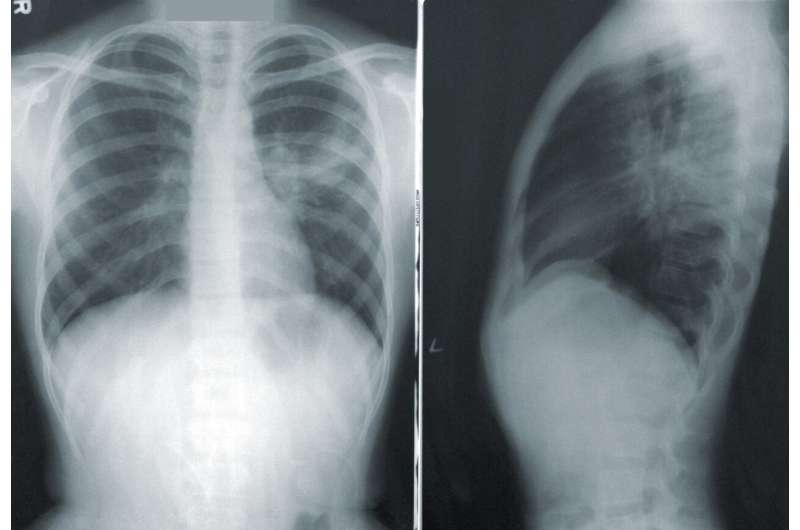Rising Lung Cancer Rates Among Nonsmokers and the Underlying Causes

Increasing lung cancer cases among nonsmokers highlight the importance of awareness, early detection, and understanding environmental and genetic risk factors. Learn more about this evolving health issue.
The landscape of lung cancer demographics is shifting, with an increasing number of cases now emerging among nonsmokers. Traditionally associated with smoking, lung cancer is now recognized as affecting a broader population due to various environmental and genetic factors. According to Dr. Ioana Bonta, an oncologist at Northside Hospital in Atlanta, this trend has been gradual but evident, leading to urgent calls for increased screening and awareness.
Today, nonsmokers account for approximately 20% of lung cancer deaths, making the disease the fifth-leading cause of cancer mortality worldwide. Alarmingly, cases are being diagnosed in younger individuals, sometimes in their 20s and 30s. Contributing factors include secondhand smoke exposure, air pollution, environmental toxins, and genetic predispositions.
Detecting lung cancer early is crucial for successful treatment. Symptoms often resemble common respiratory issues—persistent coughs, shortness of breath, and unexplained weight loss. Because these signs can be mistaken for allergies or asthma, especially in younger or nonsmoking patients, awareness and prompt medical evaluation are essential.
Health experts emphasize the importance of seeking medical advice if symptoms persist. Early-stage lung cancer can often be treated effectively, with some cases managed as a chronic condition. Delayed diagnosis often leads to advanced disease, which is more difficult to treat.
Real-life cases highlight the importance of awareness. For instance, Joanne Cure, a former flight attendant with a 30-year history of secondhand smoke exposure, was diagnosed at Stage 4 after experiencing a prolonged dry cough. Her case underscores that even nonsmokers can be at high risk due to environmental factors.
Genetics also play a role in susceptibility. Cases like Dr. Karen Leigh Bryant, who was diagnosed with late-stage lung cancer despite never smoking, point to the complex interplay of hereditary factors and environmental exposures.
Healthcare professionals recommend proactive measures, including regular screenings for those with risk factors and maintaining vigilance for respiratory symptoms. Patients are encouraged to advocate for themselves by preparing questions and seeking support during medical visits.
Raising awareness about the risks and symptoms of lung cancer in nonsmokers is vital to improve early detection and outcomes. As the scientific understanding deepens, it becomes clear that lung cancer is a multifactorial disease affecting a diverse population, not just smokers.
Stay Updated with Mia's Feed
Get the latest health & wellness insights delivered straight to your inbox.
Related Articles
Revolutionizing Heart Care: AI-Enhanced Stethoscopes Detect Three Conditions in Just 15 Seconds
A new AI-powered stethoscope can identify three serious heart conditions in just 15 seconds, significantly improving early diagnosis and treatment opportunities in primary care settings.
High Risk of Sudden Cardiac Death in Male Bodybuilders, Especially Competitors
A significant number of sudden cardiac deaths have been reported among male bodybuilders, especially professionals, highlighting the health risks associated with extreme training and substance use. This research urges safer practices and medical supervision to protect athletes' heart health.
Artificial Intelligence Uncovers Hidden Signs of Parkinson's Disease Through Finger-Tapping Video Analysis
Cutting-edge AI technology analyzes finger-tapping videos to detect early signs of Parkinson's disease, enabling earlier diagnosis and intervention using simple video recordings.



